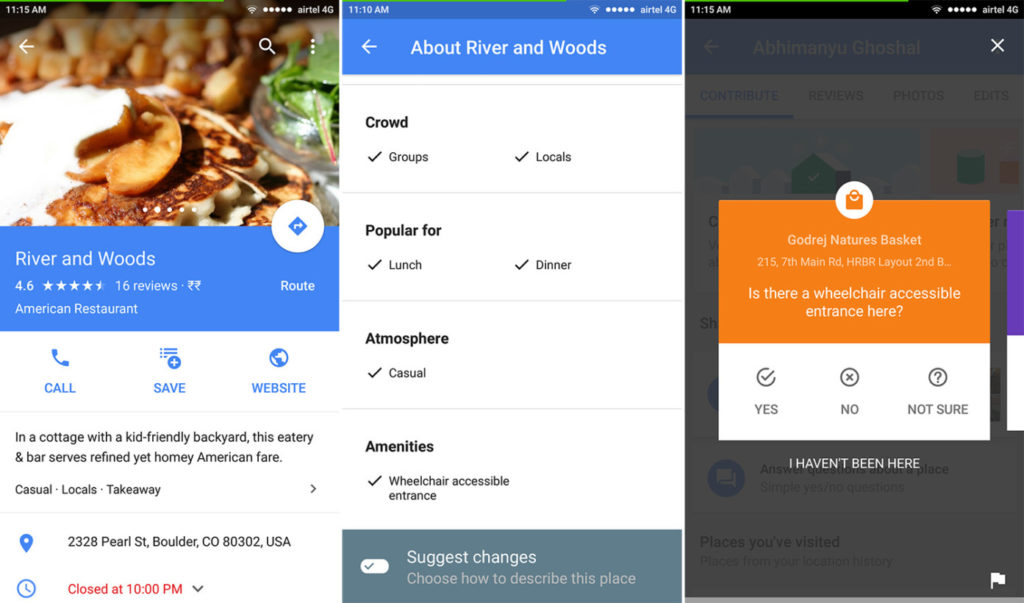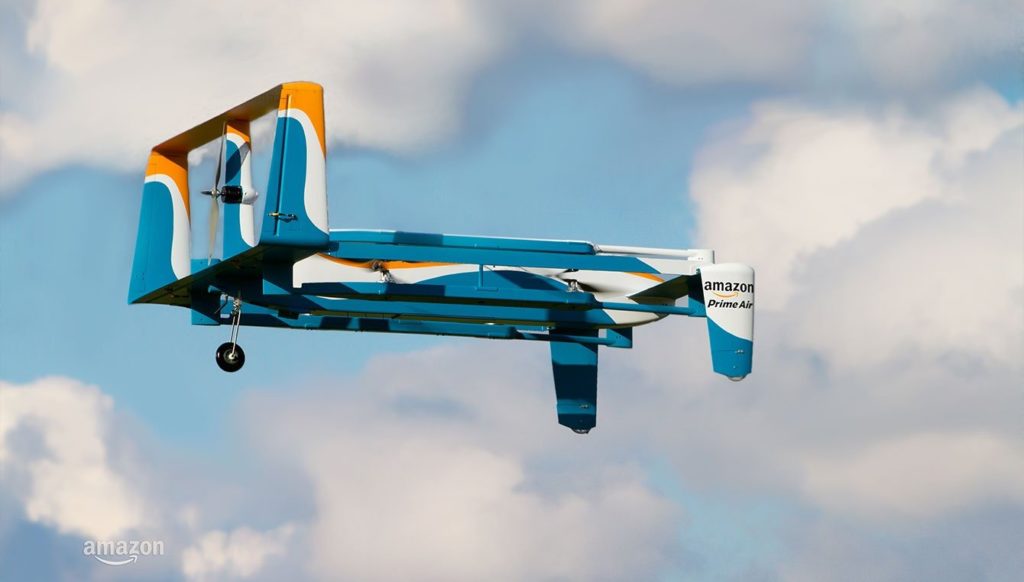
Google Maps adds wheelchair accessibility and it’s one of the most important updates ever
Moving from A to B on a wheelchair is a challenge on many different levels. One of them is lack of data about wheelchair accessibility which is needed to select a venue and to choose the optimal route to reach it.
While wheelchair-friendly routing still requires browsing StreetView looking for ramps and searching for any barriers, the information about whether a venue is wheelchair accessible shouldn’t be a problem. In theory… In practice gathering such a data, as it didn’t bring too much of a business value, had typically fairly low priority for big mapping companies. There is a crowd-sourced mapping service called Wheelmap and until recently that was it. No more data sources.
But Google’s employees decided to change it and with a recent update to Google Maps, the service now mentions wheelchair accessibility when it’s available. The data comes from the Local Guides program which rewards users for adding reviews, photos and new POIs by giving them points and by granting them access to beta features and gifting extra Google Drive storage for free.
Users provided enough answers about accessibility that this information will be now displayed on a business page of a given location. For now the update will be available only in the US but once data are gathered we can expect roll out in other countries.
The update is an effect of the famous Google’s 20% projects which allows employees to spend 20 per cent of their time on whatever project they want. This time it’s a really useful and needed feature. Maybe it’s even one of the most important updates ever. It shows that making maps is not all about business but also about social responsibility and we hope to see more projects like that across the industry.




